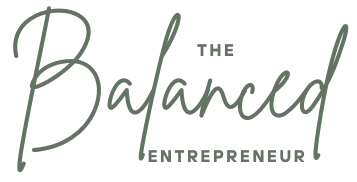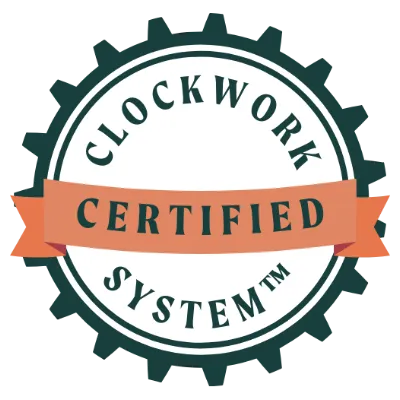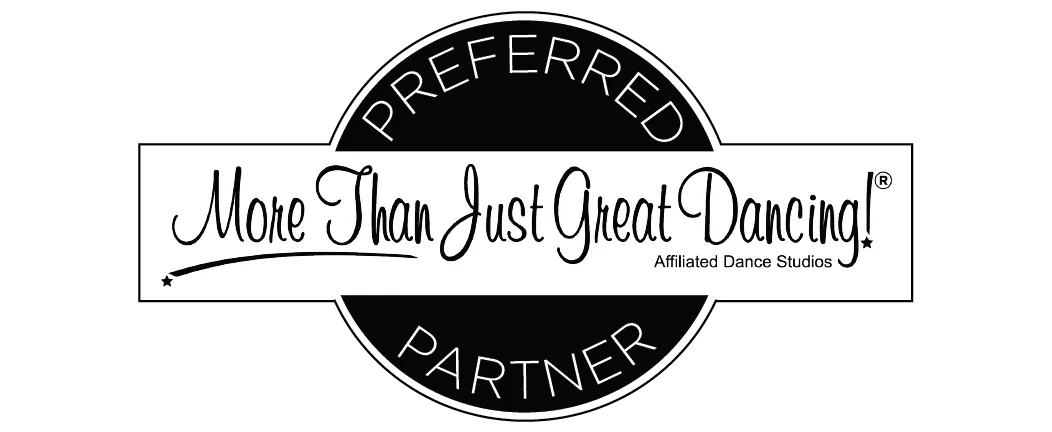BLOG
Operational efficiency is the name of our game and the main topic of these blog posts
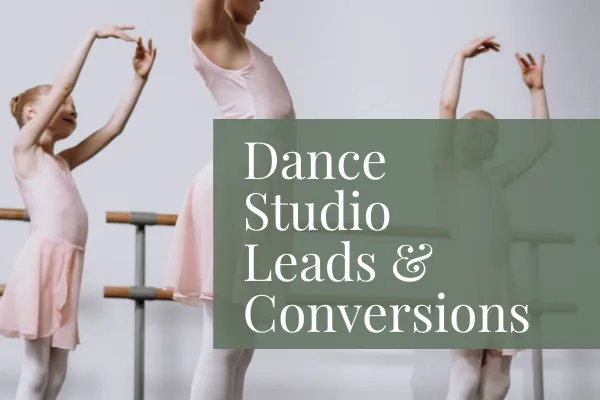
Dance Studio Leads and Conversions
Briar
Welcome back everyone to our podcast. This week we are going to be talking about leads and conversions and how that all works in our business systems and how we might be able to simplify them a little bit.
So Lia, do you want to take us away on this topic today?
Lia
Yes, I'd love to. So leads and conversions, this is something that we can definitely, I think go down rabbit holes with and we can make very, very complex and we can really, we can really worry that we don't have enough of a system built in already and think we need to create a whole new thing and get tech involved and all that stuff and not to say that you shouldn't or can't do that. But one of the things that I really appreciate about the Clockwork system that Briar and I use with our clients, is we don't talk about creating new systems, we talk about capturing the systems that you already have.
And so you for sure already have a leading conversion system, even if you've never documented anywhere, even if you've never captured it, even if you've never even thought about it, you are most likely already attracting new leads to your business and converting them to paying clients, right?
Briar
Absolutely, sorry, I didn't mean to interrupt you.
Lia
That's okay, jump in.
Briar
Yeah, I think you're completely right, you know, we all have a way of doing things already when somebody phones your business and asks about it, you have sort of set answers that you give all the time, and you lead them through the path of how you want them to go in your business in terms of trying out classes or coming for a tour or, you know, building out specific forms on
mind that you may want them to do. And yeah, you're right. We all have this system. We just may not have formalized it in a way that we could easily delegate to somebody else.
Lia
Exactly. And so I wonder, Briar, do we want to spend this podcast creating basically a process map for a trial class system?
Briar
Yeah, let's do it. Let's walk people through how to do that.
Lia
So when we say process map, this is kind of the step-by-step guide of everything that would go into the process of getting somebody in for a trial class, if you're a dance studio, and then converting them to a student.
So the first step would be most likely somehow they've reached out to you, right, likely a phone call or email, to find out what class they should come and try.
They might have just called you saying I have a four-year-old interested in dance, and you guide them towards coming for a trial class.
They might have filled in a form on your website, but something has led them to contact you. So it could be, like we said, as simple as they've just seen your phone number and they call you, they might have just emailed you. You might have a more complex trial class in sign-up form on your website, a calendar that they can sign up for, or another form they can fill in, but something has allowed them to contact you saying they're interested, right?
So that's sort of the first step in this.
And the information that they're going to need to have that anyone working your front desk or managing this system is going to need to have is what classes are available to come and try. So what still has space in the classes? What classes are still open for registration? So certainly as we get further into our school year, some dance studios will close registration at some point. So what classes are still available and what have space? What ages those classes are for and what styles those classes are so they can guide parents towards the appropriate age and style as well. And obviously the schedule, what time and day is it on, right? So we're going to need to know all that information to help parents get to the right class.
Briar
Yeah.
Lia
Anything to add to that step, Briar?
Briar
I don't think so. So just a quick recap, step one, there's some way that they contacted you, step two, we're giving information back to the prospect.
Okay, step three.
Lia
So then they come into the studio for their trial class, right? And so this is the step where they are there in the building.
And the information that we'll need to give to the people who are working or the information that you'll need to have is sort of who is going to greet them, who is going to show them to their class, how is that person going to know that they're coming in?
So, you know, if it's a front desk person, how do you communicate with them that there is a trial class coming in?
How do you communicate with the teacher that there is somebody coming to try their class? And then what are the steps you need that front desk person and that teacher to do?
So greeting them, showing them the class, introducing them to the teacher, maybe giving parents some information that they can be reading while their kid is in the class.
And then also from the teacher, what do they need? What information do they need and what steps do they need to take?
Briar
Yeah, and I'm almost thinking that that should be step three and step four is on the day of. So, the communication with your staff and team members and getting them all their information should be step three.
Step four, It's the day of this person's trial. What happens on that day?
And as we're creating these systems, we really just want you to sort of brainstorm the things that you're already doing.
So, like Lia mentioned at the beginning, you're already doing it, let's just write it all down. So, four step three, when you're communicating to staff, what do you currently do?
What do you currently tell staff and what info do you currently do? Same for step four, what you currently do when that prospect comes in for their trial class.
And you're just notating, point form, what you're currently doing.
Lia
Exactly. And then after the class is the next step, right? So, then what is it that you do, that front desk person, or that teacher, right after the class that will be an attempt to convert that trial into a registered student?
So, what is that step? What goes into that and what information do you need to set out for that?
And then finally, a follow up, probably right? So, if they've come and tried, and they registered. How do you follow up? If they've come and tried and they haven't registered, how do you follow up?
Briar
Yeah, awesome.
Lia
And like Briar said, and like we said, you didn't just write what you're already doing. It's really easy to think, oh my gosh, I don't have a trial class system.
I have to set up some sort of online calendar that has an automated email funnel that gets sent out after three days and six days and two weeks and three months.
And it's really easy to go down that rabbit hole, right? And think, oh my gosh, I need to build this out. I need tech, I need to invest in new systems and all that kind of stuff.
And not just say that you shouldn't, you might decide that you want to do that for your business anyways. But what we're encouraging you to do right now is just think, I do something? What is that thing that I do?
And getting that down in some way, whether it be on paper or another kind of process where you write it out so that if the day comes, and hopefully that day is soon for you or right now, that you could delegate this to somebody else it's there and you can do it.
And if it's not the day that you can delegate somebody else I think creating these process maps actually really helps just know what it is you have to do and make it less of a stressful situation when somebody requests a trial because you have all these steps laid out you can go hey someone's requested let me go through step one, step two, step three, step four, and on and on until you reach the end of the system right or the end of the process.
Instead of going, “okay someone requested a trial, okay what do I do now? I need to remember what I did the last time and figure it out. Oh I guess I better tell the teacher, oh I guess I better put together my info packet. You know maybe I should call them afterwards because they didn't sign up.” This just takes the stress of it, that process, just by having it. So even if you're not writing it to delegate it, write it for yourself, lay it out for yourself, and just start where you're at.
And don't worry about adding in new things or complex things. Just start there.
Briar
Yeah, I agree. It really helps us not drop the ball, and it helps us not miss any steps. So for instance, like you were saying, if somebody does sign up, then it's like, oh, right, I need to send them that email that has all of the welcome package for what they need to know about our studio now that they are a family with us, right?
And it's easy to forget those specific steps sometimes. So yeah, I agree. Having it all listed out is great.
The last thing I'm going to say is I actually want to add a step seven if I may, because I'm the person who sort of follows through on all of our trials.
After step six, when we have followed up, we also need to remember to update our list of classes available.
If a client has registered for a class that only had one or two spots left, we need to have a list somewhere of what classes still have space so that we're not scrolling through our online client management system, trying to find what classes still have space when somebody calls us, we can easily look at the list and go, oh, you have a four-year-old, these are the current classes that are available as opposed to being a big cumbersome task.
So having that little list for yourself again, whether online or on paper, with what classes have space and how many spots makes it really easy for us to update after somebody has registered.
Lia
Exactly, and I love how that just circles the loop, closes the loop back up back to that first step where we said part of the information you need to have for that first step is what classes are available to try.
What has and what's open for registration. So that last step just kind of closes the loop and now you have a nice circular process map that you can try about.
Briar
And lastly you know we've talked a little bit about either having it on paper or automating it. The lovely thing about starting wherever you are if you are even starting this on paper is that down the road when you are ready to automate an ad tech it makes it so much more of an easy process because you already have the steps. You know exactly what you need to do in terms of getting it online and systematizing this and that's something that we have been adjusting and working on in our own studio and it has made all the difference of being able to add these things into an automated tech steps because we already knew what we do on a regular basis because it was all written down and we knew those steps and what they were.
Lia
Exactly and to give you kind of an example in our studio in the past 12 years we have gone from trial classes really being, jotting down a note on a scrap piece of paper and trying to remember to tell the teacher to, you know, a written out system that we use pen and paper for to a more automated system that we're using tech for and that has, you know, that process has just taken us a decade, right, to kind of get from that scrap piece of paper to an automated tech-infused system.
But in that whole decade we have been, you know, having people come try classes and converting them into paying customers, right, so it's not that we weren't getting leads and we weren't converting them, we just were taking that system from something that wasn't formalized, then we formalized it and from there we have added tech to help us, you know, reduce our hours and our labor associated with it over the years and we've done that very, very slowly.
Briar
Yes, and that has allowed us to serve our clients more efficiently because everyone on the team knows what their role is in this process map and what they need to do. The balls are not being dropped and our clients are being served in a much more efficient manner.
So process maps for the win, they're not hard to create, we can help you do that.
If this is something that you feel a little overwhelmed by doing, please reach out to us for a discovery call. We would love to chat with you and see how we might be able to help you simplify some of the processes within your studio.
Lia
Exactly. And next week for us is Canadian Thanksgiving. So we are going to be having a dark week here at the Balanced Entrepreneur.
You won't be hearing a podcast from us or a blog or a newsletter or anything like that. So enjoy your week.
If you are Canadian in celebrating Thanksgiving, we hope you have a wonderful one.
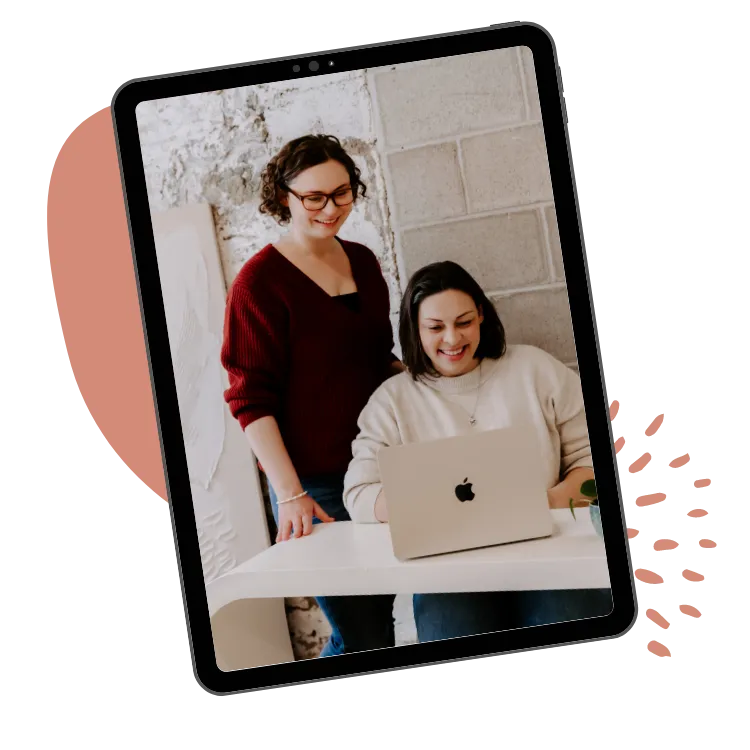
FREE DOWNLOAD
Want a month worth of your time back? Join our 3 day challenge!
In our 3 day challenge we will guide you through the steps to free up just 3 hours a week. Add that up over a year of work, and you will have made back almost a full month of 40 hour work weeks!! What would you do with a month worth of free time?
